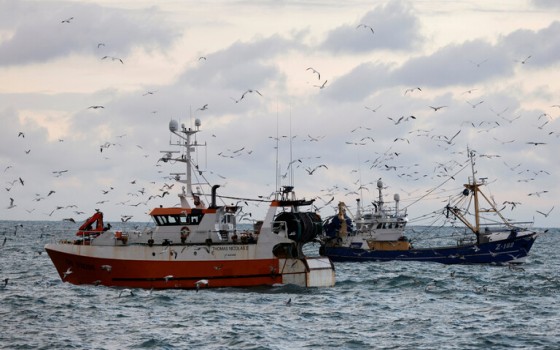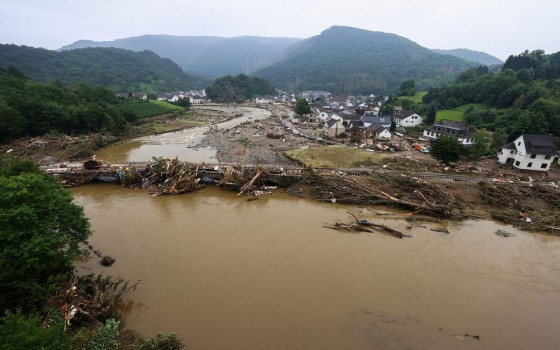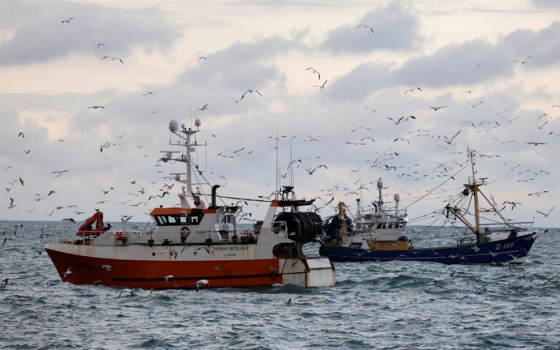
Half the world's population faces water shortages.. UN report: 2023 is the driest year in the history of global rivers in 30 years

- Europe and Arabs
- Tuesday , 8 October 2024 2:28 AM GMT
New York: Europe and the Arabs
A new UN report indicated that 2023 was the driest year for global rivers in more than three decades, indicating critical changes in water availability in an era of increasing demand. According to the UN daily news bulletin, a copy of which we received this morning,
The State of World Water Resources report, coordinated by the World Meteorological Organization, stated that the past five years have witnessed widespread conditions of lower than usual flows for rivers, with a similar pattern of water reservoir flows, which reduces the amount of water available to communities, agriculture and ecosystems, increasing pressure on global water supplies.
The report explained that glaciers suffered the largest loss in ice mass ever recorded in the past five decades. 2023 is the second year in a row in which all regions of the world with glaciers recorded ice loss.
Since 2023 was the hottest year on record, high temperatures and widespread drought conditions contributed to prolonged dry periods. But there have also been a significant number of floods around the world. Extreme hydrometeorological events have been driven by naturally occurring climate conditions – the transition from La Niña to El Niño in mid-2023 – as well as human-induced climate change.
Early warning of climate change
“Water is an early warning sign of climate change,” said Celeste Saulo, Secretary-General of the World Meteorological Organization. “We are receiving distress signals in the form of increasingly heavy rainfall, floods and droughts, which are taking a devastating toll on lives, ecosystems and economies. Melting ice and glaciers are threatening the long-term water security of millions of people. Yet we are not taking the urgent action we need.” The water cycle has accelerated as temperatures rise, and it has become more volatile and unpredictable, she explained. “We are facing increasing problems with either too much water or too little water. A warmer atmosphere holds more moisture, which helps produce heavy rainfall. Faster evaporation and drying soils exacerbate drought conditions.” Celeste Saulo said that little is known about the true state of the world’s freshwater resources. “We cannot manage what we cannot measure. This report seeks to contribute to improved monitoring, data sharing, cross-border cooperation and assessments. This is urgently needed,” she said.
A comprehensive overview of global water resources
The State of World Water Resources series provides a comprehensive and consistent overview of water resources around the world. It is based on inputs from dozens of national meteorological and hydrological services and other organizations and experts. It aims to inform decision-makers in water-sensitive sectors and those involved in disaster risk reduction. It complements the World Meteorological Organization’s flagship State of the World Climate series. This is the third edition of the State of World Water Resources Report, the most comprehensive yet, with new information on lake and reservoir volumes, soil moisture data and more detail on glaciers and snow equivalents.
More than 3.6 billion people face water scarcity
Some 3.6 billion people currently do not have adequate access to water for at least one month a year, nearly half of the world’s population of more than 8 billion, which is expected to rise to more than 5 billion by 2050, according to UN-Water, and the world is off track to meet Sustainable Development Goal 6 on clean water and sanitation.












No Comments Found